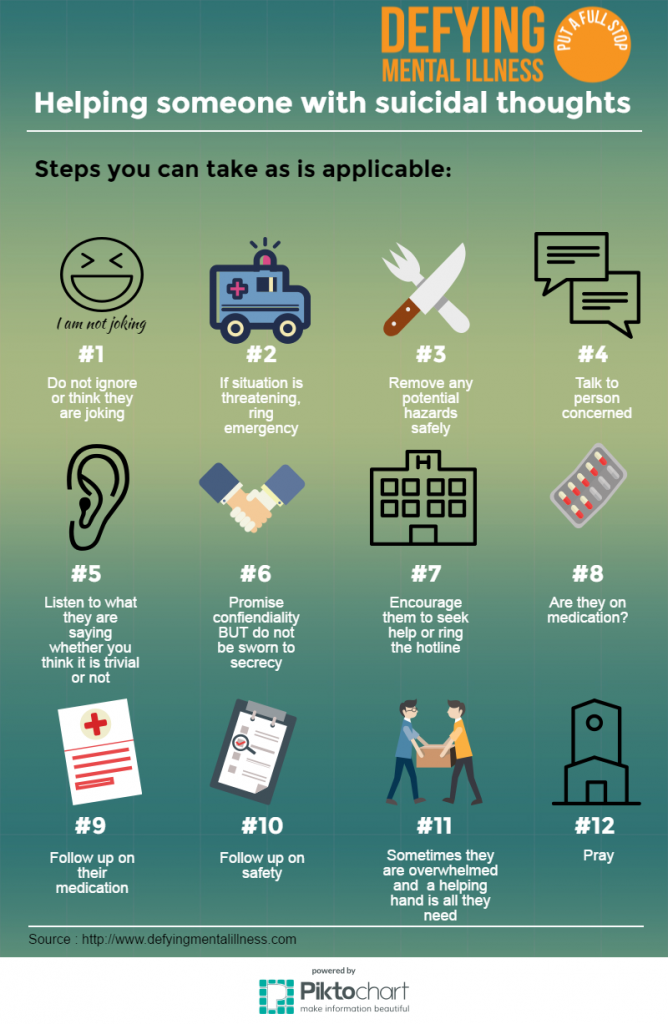Therapy For Depression
Therapy For Depression
Blog Article
What Sorts of Therapy For PTSD Are Available?
Therapy for PTSD helps you learn to handle your signs and symptoms and gain back control of your life. It can include oral medications or chat treatments. Psychiatric therapy, or talk therapy, is the most usual therapy for PTSD. It can occur one-on-one or in a group setting.
Symptoms of PTSD can range from being quickly alarmed to avoiding activities and individuals. These signs and symptoms can also affect relative and kids.
Cognitive behavior modification (CBT).
CBT focuses on changing unfavorable patterns of believing and actions that might be causing PTSD symptoms. This therapy is normally temporary and client-centered, with the therapist and client establishing treatment objectives with each other. CBT has actually been revealed to reduce PTSD symptoms in a number of scientific tests making use of clinician-administered and self-report actions of PTSD. These results are mediated mainly by modifications in maladaptive cognitive distortions, with some research studies reporting physical, useful neuroimaging, and electroencephalographic adjustments associating with feedback to CBT.
TF-CBT uses psychoeducation and imaginal exposure to teach clients how to better regulate emotions and deal with their traumas. This therapy has likewise been shown to improve PTSD signs in kids and teenagers.
Eye motion desensitization and reprocessing (EMDR).
EMDR is an evidence-based treatment that functions by assisting people process injury utilizing flexible data processing. It can be utilized on its own or with various other treatments. It has actually been shown to be efficient in treating PTSD. EMDR is commonly utilized all over the world.
It starts with history-taking and a joint therapy strategy. Throughout this stage, you will certainly discuss the reason you are seeking therapy and identify traumatic memories you want to concentrate on. The specialist will certainly likewise instruct you methods to manage any hard or upsetting feelings that might develop throughout a session.
Throughout the recycling stage, you will remember a traumatic memory while taking notice of a back-and-forth activity or audio (like your copyright's hand crossing your face) up until the negative images, ideas, and sensations related to it start to reduce.
Somatic experiencing.
A therapist who specializes in this approach will certainly aid you familiarize the physical feelings that accompany your PTSD signs. They'll also teach you how to recognize your free nerve system and its role in the trauma feedback.
Unlike various other injury therapies, somatic experiencing doesn't focus on memories or emotions. Rather, specialists work to release the tension from your body and relieve your signs and symptoms.
This therapy has been found effective in a variety of randomized regulated trials. However, the arise from these research studies are limited by small example dimensions and other methodological shortages. These imperfections limit the external legitimacy of these searchings for.
Present-centered therapy.
Present-centered therapy (PCT) is a non-trauma concentrated psychotherapy that aims to boost individuals' connections, instill hope and positive outlook, and promote problem-solving. While PCT does not have exposure and cognitive restructuring strategies of trauma-focused treatments, it has been shown to be as efficient in reducing PTSD signs and symptoms as trauma-focused CBTs.
In a collection of eleven studies, PCT was contrasted to a wait list or marginal online therapy get in touch with control problem and to TF-CBT. PCT transcended to the WL/MA conditions in lowering self-reported PTSD signs at post-treatment, and it was associated with lowered treatment failure prices. However, the result size was not large sufficient to be scientifically meaningful.
Reflection.
Meditation aids people calm their nerves and practice self-care. This treatment focuses on the physical experience of breathing, and people might obtain distracted by ideas or emotions, yet it is very important to return their focus to the breath time and again.
PTSD impacts not only those that have straight experienced the trauma, yet also witnesses and those that deal with emergency situation responders or police. Signs of PTSD can include intrusive, disturbing memories, recalls or nightmares, and problem concentrating or resting.
Staying clear of agonizing memories and sensations is an usual reaction to trauma, however it only makes signs worse. It is very important to seek therapy before PTSD disrupts your life and relationships.
Double diagnosis therapy.
Signs of co-occurring PTSD and material use condition (SUD) are typically connected and both should be resolved in healing. People that experience PTSD can be most likely to turn to alcohol or drugs to self-medicate and briefly reduce invasive thoughts, recalls and negative mood swings.
PTSD signs and symptoms include recurrent and spontaneous upsetting memories or desires, vibrant and dissociative responses that feel like experiencing again the occasion, preventing places, people, discussions, or objects connected with the trauma, sensations of hypervigilance and being constantly on guard or easily alarmed, and feelings of psychological numbness.
Dual medical diagnosis treatment includes treatment and learning healthier coping devices. It may also include pharmacotherapy, such as antidepressants or state of mind stabilizers.